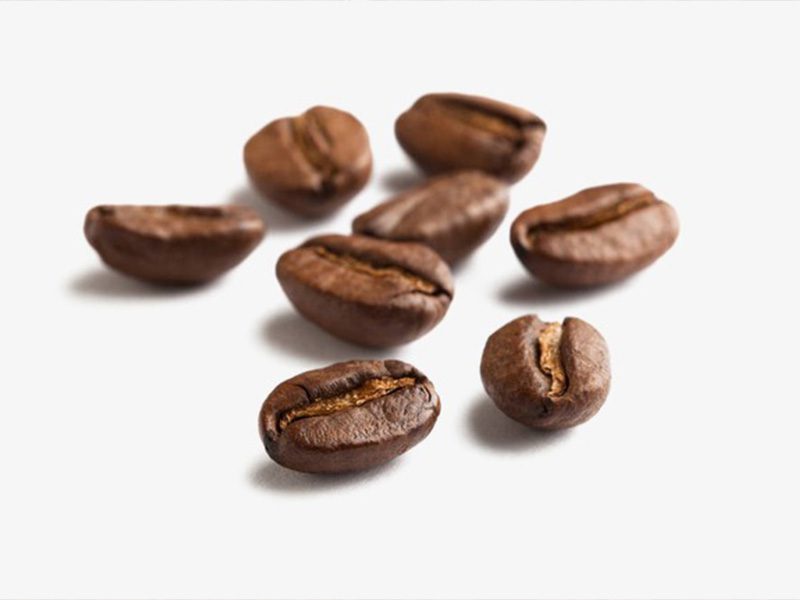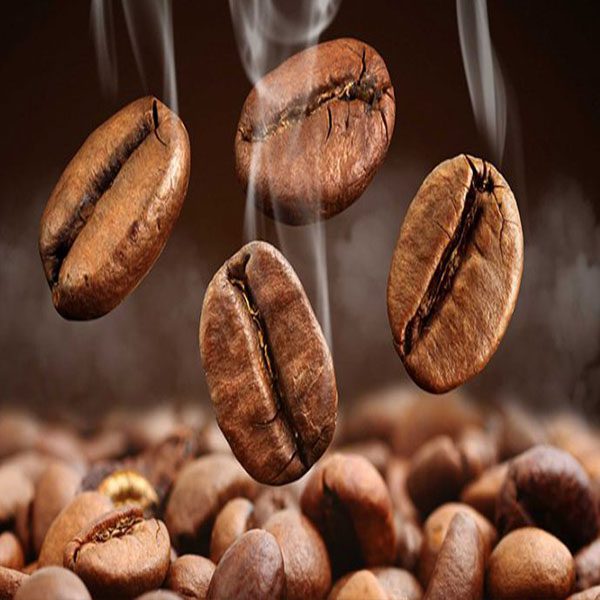Pure coffee is an indispensable dish for Vietnamese consumers. Most of us know how to drink coffee, but do you know what ingredients are in coffee?
The coffee fruit consists of the following parts: The fruit skin, the fruit pulp, the mucilage layer, the fruit pulp, the silk layer, the fruit kernel, and the husk layer. We divide it into two main parts including:
Seed: Husk layer, silk layer and fruit kernel;
Peel: Includes peel and flesh;
- Coffee beans
Silk shell: Is the innermost shell surrounding the bean, the color varies depending on the type of coffee bean.
Husk layer: Coffee beans, after removing the slime and drying, are also called parchment coffee. The layer of rice husk that covers the soft fiber-rich kernel is also known as rice husk or endoderm.
Coffee bean: The innermost and most important part of the fruit. A regular coffee bean has 2 cores, some with 3 cores. The water content inside the kernel accounts for 10-12%, lipids account for 10-13%, sugars account for 5-10%, proteins account for 9-11%, starch accounts for 3-5%. In addition, the kernel also contains aromatic substances and alkaloids. The chemical composition of coffee beans varies depending on the type, cleanliness, care, processing and preservation methods of coffee.
- Coffee bean shell
Meat crust: Under the thin crust is a meat crust consisting of soft cells that do not contain tannin, caffeine, and are high in sugar and pectin. The pH of the flesh layer depends on the ripeness of the fruit, usually 5.8 sometimes up to 6.5. The pectinase enzyme in the viscous layer plays a role in degrading pectin during the fermentation process.
Pericarp: It is the outermost layer of skin, with a dry matter content of 21-30%. Antoxians make coffee beans red when ripe. In addition, the pods also contain alkaloids, tannins, caffeine and enzymes… (insignificant amounts).

1. Hydratecarbon
The carbohydrate content in dry coffee is about 60%. Most are polysaccharides that are soluble or insoluble in water and a small part are sucrose, glucose… During the roasting process, carbohydrates change a lot, they can decompose into different compounds or disappear. almost completely like the sugars mentioned above. Reducing sugars participate in several reactions that give color and flavor to roasted coffee. Polysaccharides are insoluble in water, they form the cell walls of coffee beans and after brewing become coffee grounds.
- Fats
In green coffee, the total fat content is about 13%. During roasting, 1-2% of fat compounds are lost. The main fats that make up coffee oil are trigliceride and diterpene, which are esters of saturated acids, especially palmitic, behenic, and arachidic. These diterpenes are very sensitive to acid, heat and light. The decrease in diterpene content during storage as well as roasting may be due to the formation of volatile terpenenes, naphthalene and quinoline.

- Acids
The most important representatives of the acid group are chlorogenic acids. These are typical acids for coffee. During roasting, they are decomposed by 30 – 70%. After roasting, some volatile acids are formed. All of these acids contribute to the sour taste of coffee.
- Types of proteins
Almost absent in roasted coffee, due to roasting at high temperatures, part of it is decomposed, the rest combines with carbohydrates and chlorogenic acids to form brown substances. By hydrolysis method, it is found that in the protein composition of coffee there are the following amino acids: cysteine, alanine, phenylalanine, histidine, leucine, lysine, …. These amino acids are rarely found in the free state, they are often in bound form. When heated, the polypeptide chains are cleaved, amino acids are released to interact with each other or with substances that create flavor and aroma for roasted coffee.
Among the above-mentioned amino acids, the most notable are those containing sulfur such as cysteine, methionine and proline, which contribute to the characteristic flavor of coffee after roasting. In particular, methionine and proline work to reduce the oxidation rate of aromatic substances, making roasted coffee retain its flavor when stored. During processing, only a part of protein is broken down into amino acids, while the majority is turned into insoluble compounds.

- Types of alkaloids
During the roasting process, the caffeine content remains virtually unchanged. Trigoneline is reduced by about 75%, forming products including nicotinic acid (niacin), nicitinamide and volatile aromatics such as pyrine and pyrrole. The most notable of which is niacin, which in the human body acts as a vitamin.
- Aromatic substances
In the composition of aromatic compounds there are about 50% aldehyde, 20% ketone, 8% ester, 7% heterocylic, 2% dimethylsulfide, a smaller amount of other organic sulfides, and also a small amount of nitrile, alcohol or low molecular weight saturated and unsaturated hydrocarbons such as isoprene.
- Minerals
The mineral content in coffee is about 3 – 5%, mainly potassium, nitrogen, magnesium, phosphorus, and chlorine. There is also aluminum, iron, copper, iodine, sulfur, etc. These substances negatively affect the taste of coffee. Coffee quality is high when mineral content is low and vice versa.

Lam Chan Au Coffee is a famous coffee brand in Vietnam, a production and distribution facility specializing in the distribution of 100% pure coffee that will create the best quality and perfect products for consumers. We provide roasted and ground coffee at the most reasonable price and quality, meeting customers’ requirements and protecting their own interests. If you need more advice about types of coffee, please contact Lam Chan Au Coffee for free advice.
LAM CHAN AU TEA & COFFEE COMPANY LIMITED
Company address: 943 Tay Hue 1, My Hoa, Long Xuyen City, An Giang
Branch 1: No. 40, Hai Ba Trung, Long Xuyen City, An Giang
Branch 2: No. 741 Ha Hoang Ho – Dong Xuyen, Long Xuyen City, An Giang
Tel : 0383005996




